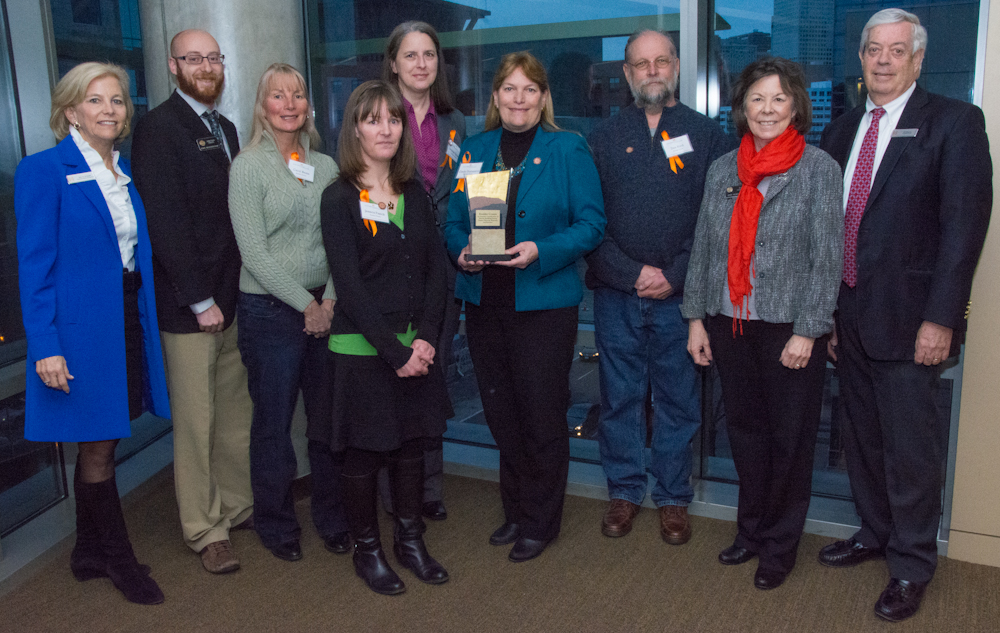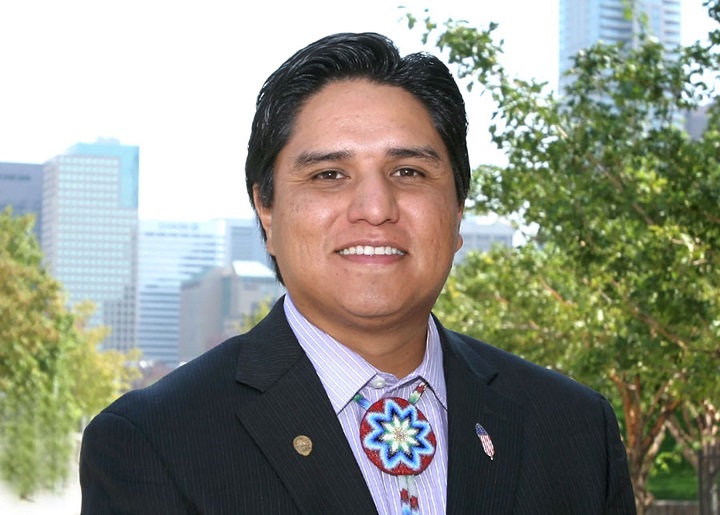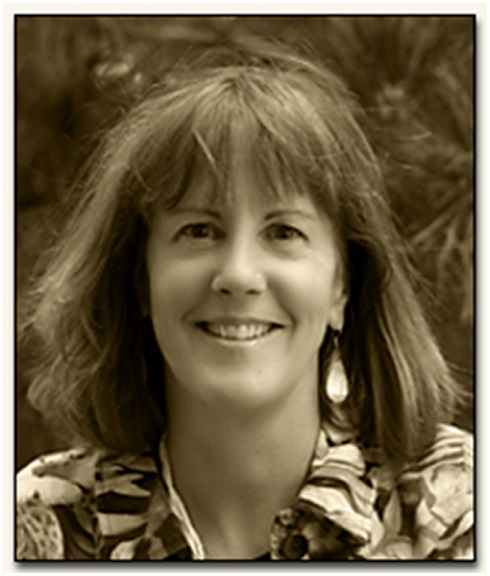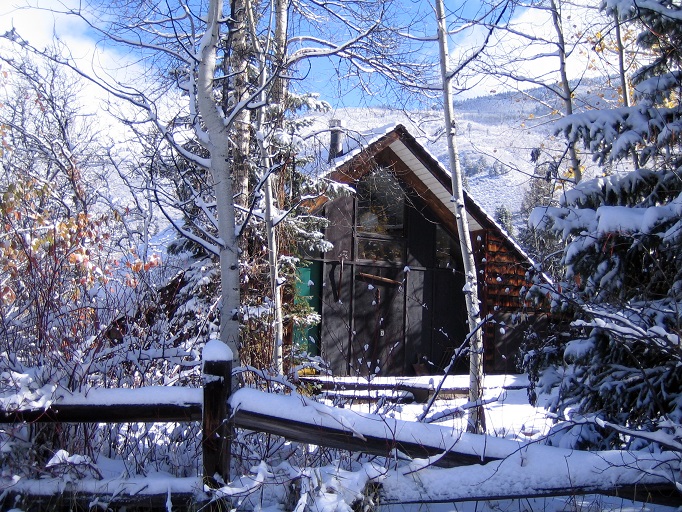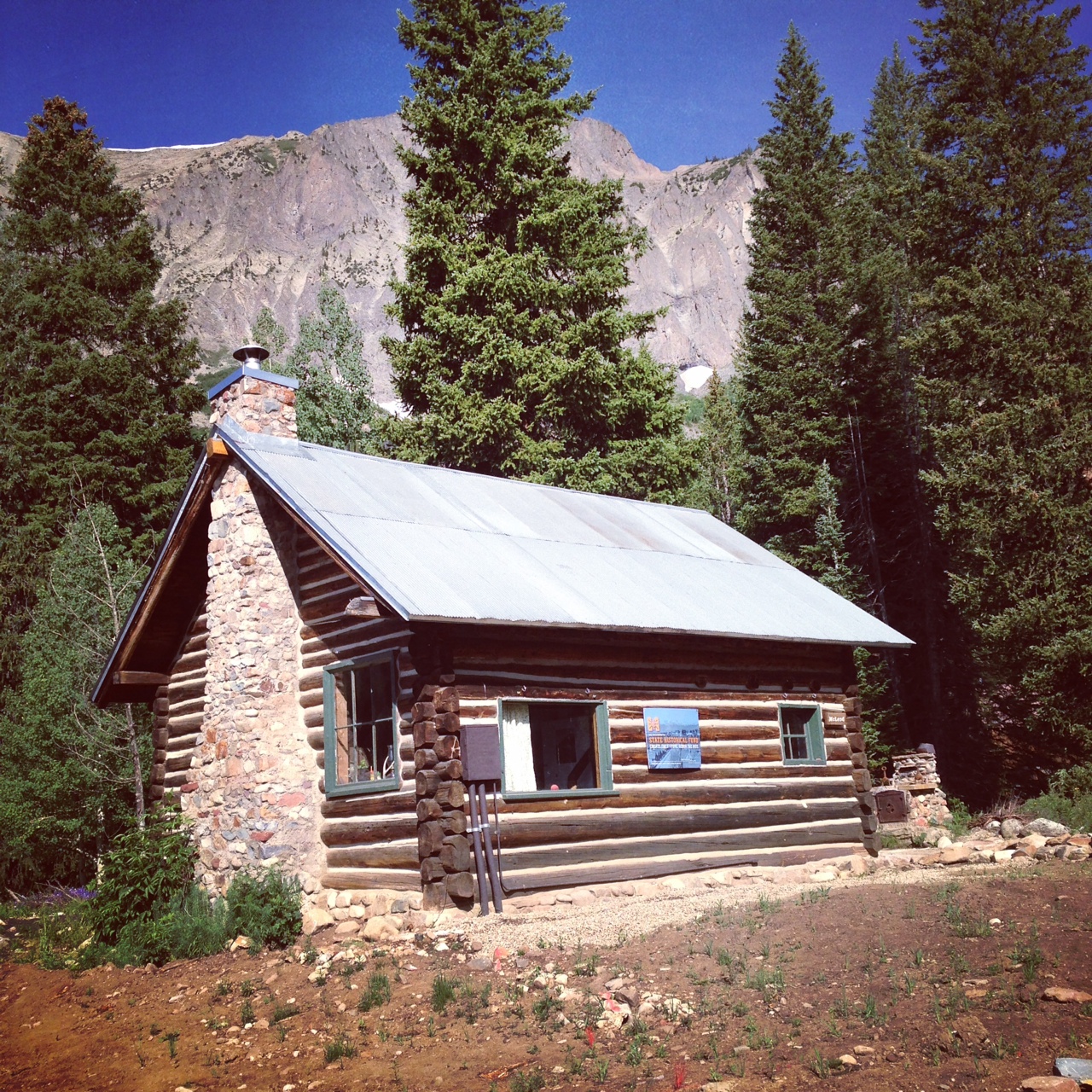2015 Stephen H. Hart Awards for Historic Preservation
13th Annual Governor’s Award for Historic Preservation
Boulder County
Proactive consideration of historic buildings during disaster planning, response, and recovery
Boulder County has emerged as a model regarding consideration of historic buildings and structures in disaster planning, response, and recovery. The county proactively developed a program over several years, resulting in saving historic buildings and structures and providing an example to other local governments regarding disaster planning. Within a month of the September 2013 flood, as a result of its two-decade survey history and disaster planning, Boulder County was able to provide to FEMA and the Office of Archaeology and Historic Preservation a list of all properties 45 years old and older that received some level of damage in the flood.
The county focused its resources on the damaged and endangered historic properties; they enlisted and managed volunteer engineers, provided county historic preservation grants, and processed landmark applications for properties to become eligible for local grants. Properties such as the Wood-Cobb Cabin and the Salina "Red Barn" might no longer be with us but for county intervention.
Watch video here.
6th Annual History Colorado President’s Award
Ernest House, Jr.
His Great Service to Tribes and Historic Preservation in Colorado
As the Executive Director of Commission of Indian Affairs (CCIA), Ernest House, Jr. has worked closely with History Colorado to maintain a government-to-government relationship between the State of Colorado and tribal governments. Ernest is well known for his ability to bring disparate groups together to find solutions to challenging and long-standing issues. His current service on the Sand Creek Massacre Commemoration Commission and the Colorado Repatriation and Reburial Workgroup are but two illustrations of the vital role he plays as an informal, yet highly respected, liaison for tribal issues.
His attention to detail and ability to assess situations in real-time have helped History Colorado conduct unmarked human burials in consultation with the two resident Ute Tribes and forty-six other consulting tribes in an effective and efficient manner. Moreover, Ernest House has helped many of us to understand that what some call “historic preservation” is actually a subset of a much larger set of concerns that involve cultural landscapes, community renewal, and sustainable environments. A true leader not only has answers when you need them, but makes one consider the most difficult questions that we must confront as public servants.
Watch video here.
6th Annual Hart Archaeology Award
Marilyn Martorano
Her Studies of Culturally Modified Trees in Colorado
Archaeologist Marilyn Martorano has been studying Colorado’s prehistory since the late 1970s. While she has made a variety of contributions to the field, one of her main areas of interest over the years has been the study of Culturally Modified Trees (CMTs), or living trees that have been modified and used by Native American peoples.
The best documented sets of resources in Colorado are those in the Rio Grande River area, studied by Martorano in the 1970s and ‘80s. Martorano documented hundreds of CMTs at 22 sites in Great Sand Dunes National Park and in the Conejos Creek and Saguache Creek areas. Martorano’s studies of CMTs over the last four decades have greatly increased our understanding of the way ancient peoples used natural resources, culminating in a CMT workshop at the 2014 annual meeting of the Colorado Council of Professional Archaeologists, in Glenwood Springs. These studies also serve as catalysts for connecting with the Ute Tribes of Colorado.
Watch video here.
29th Annual Stephen H. Hart Awards
City of Aspen and Aspen Historic Preservation Commission
Mid-Century Properties Individualized Incentives Program
Aspen is a small city of 6,700 residents, and the average price of a house is $3 million. High property values render development pressure intense, making historic preservation a tough sell.
Following the silver bust of 1893, there was virtually no construction in this mining town until the postwar ski boom. Early postwar structures were based on tourist-oriented rustic style log buildings and Swiss chalets. Later, as the town became more nationally renowned for skiing and cultural opportunities, clients engaged architects such as Fritz Benedict, Herbert Bayer, and Victor Lundy to design their dream homes, commercial edifices, and educational institutions.
Prioritizing the city’s postwar resources took more than a decade, with many losses along the way. But a 25-member Aspen Historic Preservation Task Force, community members, and preservation partners have worked hard to preserve the city’s mid-century properties, and today fifty percent of the properties on the city’s original list of postwar resources have been designated. The launching of the website www.aspenmod.com has resulted in additional voluntary designations. In July 2014 Aspen was honored by the National Alliance of Preservation Commission at its biennial forum in Philadelphia as the “Commission of the Year” for its persistence and successful program.
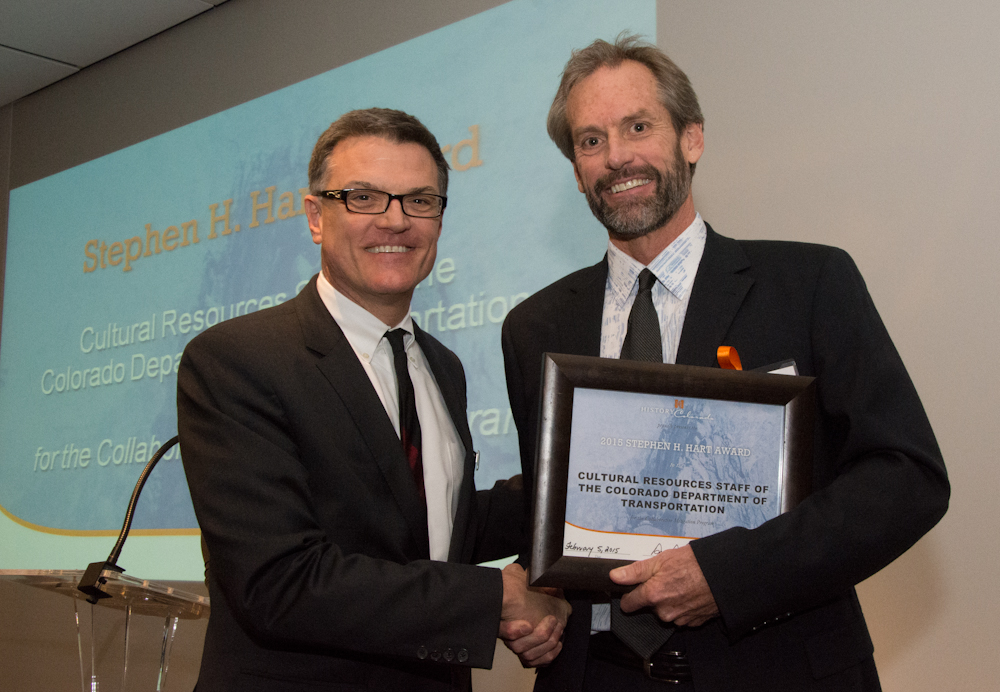
Steve Turner shaking hands with recipient of 2015 Hart Award on behalf of the Cultural Resources Staff of the Colorado Department of Transportation
Cultural Resources Staff of the Colorado Department of Transportation
Collaborative Mitigation Program
The Section 106 Process of the National Historic Preservation Act requires federal agencies to take into account the effects of their projects on historic properties. In Colorado, the Colorado Department of Transportation (CDOT) carries out the Section 106 process on the behalf of the Federal Highway Administration, which retains final authority over the project.
CDOT has developed and implemented many collaborative mitigation measures by opening more meaningful dialogue with a wide-range of Section 106 consulting parties. CDOT has done this on its own accord and not out of any additional regulatory trigger. CDOT could easily default to the past practice of “Document & Destroy,” but has chosen to take a more collaborative approach with other Section 106 consulting parties to produce more meaningful and useful mitigation products that can be used by the larger public, from research publications to YouTube videos to heritage tourism guides.
Rocky Mountain Biological Laboratory
Preservation of the Gothic Townsite and Structures
The Rocky Mountain Biological Laboratory (RMBL) is a biological field station whose mission is to advance the scientific understanding of nature that promotes informed stewardship of the earth. Through the initiative of Dr. John C. Johnson, RMBL was founded in 1928 on the remains of an abandoned mining town, known as Gothic, which grew during the 1880s but was mostly deserted by 1893, the year of the Silver Crash.
Today RMBL has extensive experience managing historic preservation and rehabilitation projects, owning more than 70 structures. The State Historical Fund has partially funded seven construction projects at RMBL. These and their many other projects have helped spread knowledge of preservation. RMBL conducts numerous public tours of the townsite throughout the year, and each fall, the RMBL holds an annual Historic Preservation Dinner, welcoming usually more than 100 guests, including local members of the public. Moreover, Gothic is a stopping point for numerous people (topping 100,000 last year) on their way to hikes, nature painting/photography, mountain biking and camping, and many of these people stop at the Visitor Center and can gain information about the town site and surrounding area.
Watch video here.

